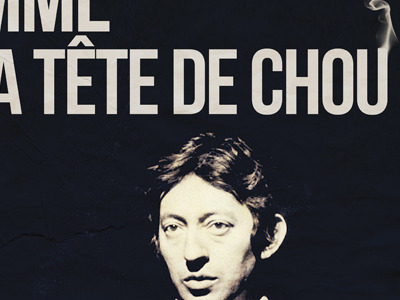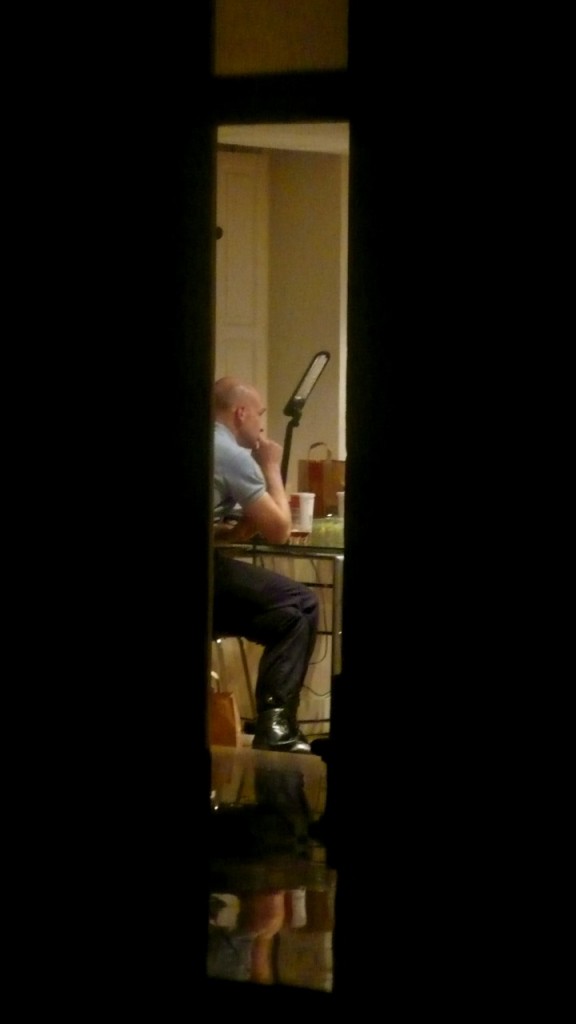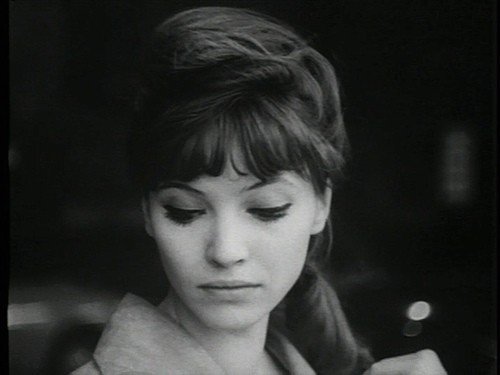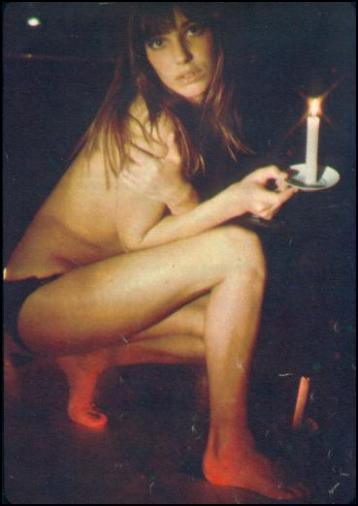Monday’s Muse: L’homme à Tête de Chou
Years after Serge Gainsbourg’s death, his small, graffiti-covered Paris house is almost exactly as he left it—crammed with mementos of his poetic, nicotine-and-alcohol-fueled, sometimes scandalous life as France’s most adored singer-songwriter, lover of Jane Birkin and Brigitte Bardot, and friend to countless taxi drivers and policemen.
Still inside the home of Serge Gainsbourg is Claude Lalanne’s bizarre “L’Homme A Tete De Chou” sculpture, “The Man With The Cabbage Head”, which graced the cover of, and was pure inspiration for, Serge Gainsbourg’s 1976 album of the same name, L’homme à Tête de Chou.
“L’Homme à tête de chou” tells the story of a man in his forties falling in love with a rather free-minded shampoo girl. After the narrator meets the young girl at the barber shop where she works (“Chez Max coiffeur pour hommes”), we learn about their feelings for each other (“Ma Lou Marilou”), their erotic games (“Variations sur Marilou”), and ultimately about Marilou’s murder by the narrator, turned jealous lover (“Meurtre à l’extincteur”, “Marilou sous la neige”), and finally his decline into madness (“Lunatic Asylum”).





